
Last September, Atlantic Records announced that it would be observing its 75th anniversary with a wide-ranging vinyl reissue series. Even in a vinyl market packed with rereleases, the news was notable. For one thing, the Atlantic Records roster has boasted genre-building stars and visionaries like Ruth Brown, Aretha Franklin, Solomon Burke, Wilson Pickett, John Coltrane, Willie Nelson, and Ray Charles. For another, many of the label’s titles have been promised true audiophile treatment in partnership with companies including Vinyl Me, Please and Analogue Productions. Great news, since many of the titles slated for deluxe treatment are long overdue for high quality reissues. I hope to review a number of them on Dog Hill Music in the coming months, but with Mardi Gras this week it seems like the perfect time to review the Analogue Productions Atlantic 75 reissue of Dr. John’s 1972 classic In the Right Place.
It doesn’t get a lot more “New Orleans” than In the Right Place, which is funny since the album was actually recorded in Miami. Otherwise, its Crescent City credentials are unimpeachable. Start with the main attraction: Dr. John. Born Mac Rebennack, he forged his formidable instrumental chops and signature gravelly vocals through years’ worth of session dates playing in the background of God-only-knows-how-many New Orleans classics that came out of the studio of Cosimo Matassa. The Dr. John stage name (alter-ego?) was the culmination of that experience, rough living (including an incident where he was shot in the finger and effectively forced to switch from guitar to piano), and a relocation to Los Angeles as a go-to session artist. Dr. John’s voodoo-drenched sound and mystique has to be one of the Crescent City’s most recognizable musical exports. After a series of psychedelic voodoo-inspired albums (best exemplified by his 1968 debut masterpiece Gris-Gris), Dr. John released a straight-ahead New Orleans party album in 1972—the exuberant Dr. John’s Gumbo. It drew heavily from New Orleans influences like Professor Longhair and Earl King. For 1973’s In the Right Place, Dr. John melded some of the voodoo of his early albums with the accessible fun of Dr. John’s Gumbo, but with a more contemporary funk sound.
And this is where things get really “New Orleans” in the best possible way. Dr. John turned to a man who was a Crescent City legend in his own right, the extraordinary Allen Toussaint. For those unfamiliar with Toussaint, he wrote songs that became hits for artists in New Orleans and beyond. They include: Java, which became a smash for Al Hirt, Working in the Coal Mine for Lee Dorsey; Lipstick Traces (On a Cigarette) for Benny Spellman (and later the O’Jays and one Ringo Starr); Fortune Teller also for Benny Spellman but later covered by artists ranging from the Rolling Stones to Allison Krauss and Robert Plant; Southern Nights which became a massive hit for Glenn Campbell; Ruler of my Heart for Irma Thomas (Otis Redding reworked it as Pain in my Heart); and Get Out of my Life, Woman also for Lee Dorsey, which was covered by seemingly everyone (the Paul Butterfield Blues Band, Solomon Burke, the Kingsmen, etc.). Toussaint also produced many of the original versions.
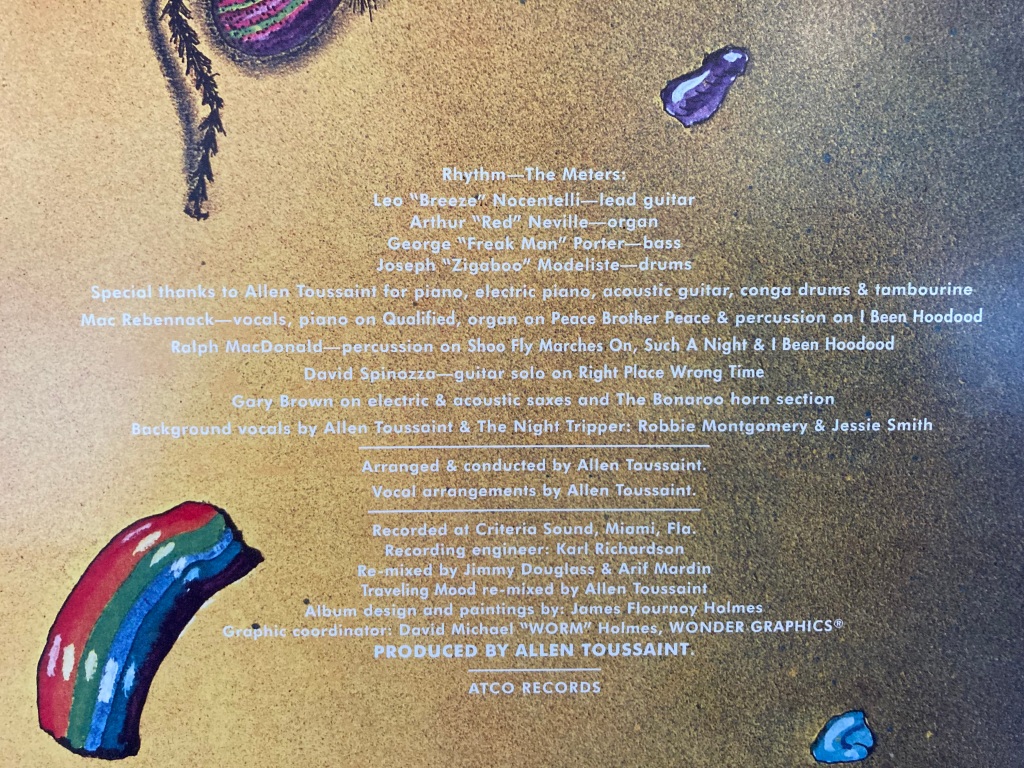
One of the great things about In the Right Place—and I truly mean this as a compliment—is that it is arguably an Allen Toussaint album as much as it’s a Dr. John album. Toussaint arranged, produced, and sang on the album. He also contributed one of the compositions. Curiously, despite Dr. John’s enormous piano prowess, according to the liner notes it’s actually Toussaint playing keyboards on all but two tracks (Qualified and Peace Brother Peace). Toussaint was also an incredibly-gifted pianist. He and Dr. John fit within the same tradition of New Orleans piano greats that can be traced from Jelly Roll Morton through players like Champion Jack Dupree, Archibald, Professor Longhair, Tuts Washington, and Fats Domino; to Huey “Piano” Smith and James Booker; to Henry Butler, Tom McDermott, Jon Cleary, and Jon Batiste. The fact that Dr. John deferred to Allen Toussaint seems in keeping with the New Orleans spirit of this record… the city’s music scene is famous for collaboration. Look at enough session notes on old recordings from New Orleans and you’ll see a rotating cast of characters show up in seemingly infinite reconfigurations. Regardless of who is playing on which track, piano lovers should enjoy the album a lot.
If In the Right Place were just Dr. John and Allen Toussaint, it would still cement the record’s New Orleans credentials. But the album also features funk legends the Meters as the backing band. Arguably, the Meters were to New Orleans what Booker T. & the MG’s were to Memphis; an extraordinary session band that also released their own classics (see, e.g., Cissy Strut). Their contributions to In the Right Place are magic.
The material on In the Right Place is worthy of, and representative of, the talent. Most of the songs were either written or co-written by Dr. John. The album kicks off with the ominous swagger of the keyboard riff in Right Place Wrong Time. Soon Dr. John is singing about “brain salad surgery,” “refried confusion,” and “slipping, dodging, sneaking, creeping, hiding out down the street” over an irresistible groove. The combination resulted in a Billboard hit and it’s easy to see why.
There really are no weak tracks on the album. Even casual Dr. John fans will probably be familiar with Such a Night, the dreamy, atmospheric tune he famously performed in the Band’s the Last Waltz. Other highlights include Qualified, a piano-pounding workout that could really only come from New Orleans. The riff at the heart of the song is strongly reminiscent of the one used in James Booker’s similarly-named Classified. Both are stellar examples of New Orleans piano. (Side note: I’ve always been a bit confused about which came first. I think Booker’s studio version of Classified came after Qualified, but there’s a live recording of Classified where Booker says he wrote the song during his time in Angola Prison, from which he was released in 1968. If so, that would be a few years before Qualified was released).
I’m getting carried away, but suffice to say the album is one that fans of funk, R&B, New Orleans, piano music, or rock should want it in their collection. But is the Analogue Productions Atlantic 75 Series reissue the one to get? I am very happy I did. That said, I can’t answer the question definitely since I don’t have an original to compare it to. My prior copy was a somewhat dubious Rhino/Scorpio reissue that sounded better than it had any right to. It was obviously blown away by this reissue. To my ears the Atlantic 75 Series reissue is up there with the best of the Analogue Productions reissues I’ve heard. The quiet vinyl, clear mastering, and 45 rpm presentation across all four sides present every nuance of Dr. John’s compositions and vocals and Toussaint’s brilliant arrangements and playing. There’s plenty of space for the rhythms of the Meters to really come through as well. I noticed details that hadn’t stood out to me before, like the guitar on Right Place Wrong Time which sounds particularly fantastic here. The trifold packaging is also nice.
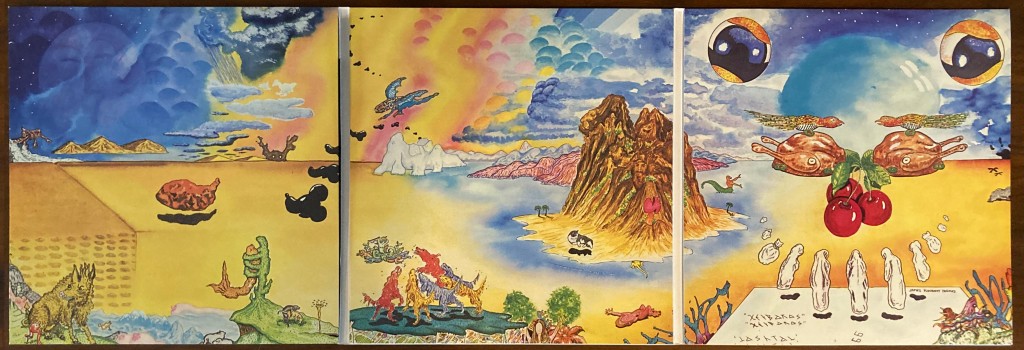
Listening to this record revived memories of two of the concerts I am most grateful to have seen: Dr. John (with surprise guest star Branford Marsalis) in 2015 and Allen Toussaint with the Preservation Hall Jazz Band in 2014; both at the historic Carolina Theater of Durham. When I listen to this pressing the clarity brings back a montage of memories from those concerts: the human skull sitting atop Dr. John’s piano, the excitement of seeing him pick up an electric guitar and pull some Earl King funk out of the ether, Allen Toussaint mesmerizing the audience with gorgeous, classically-inspired keyboard runs on City of New Orleans…. It’s so hard for me to believe that they’re both gone—they were so completely in command and vital. Dropping the needle on this wonderful reissue is a time machine that transports you back several decades to a career-defining collaboration between the two of them and one of New Orleans’ great bands: it take you to the right place and the right time.

Non-algorithmic final thoughts:
For anyone looking to hear Allen Toussaint’s immeasurable talents on one of his own solo projects, I highly recommend the album Life, Love, Faith from 1972. It is a sublime artistic statement full of thoughtful lyrics, creative arrangements, and virtuosic musicianship. It straddles the line between the 1970s singer-songwriter movement and classic New Orleans R&B (for an example of how that combo sounds, check out the song Goin’ Down). Speakers Corner recently reissued the album all-analog on vinyl and I think it sounds excellent. If you want to hear Toussaint’s piano playing and massive catalog presented in an intimate live setting, seek out Songbook.
I mentioned Dr. John’s keyboard gifts. There’s no better place to enjoy that aspect of his artistry than in Dr. John Plays Mac Rebennack. The album features Dr. John alone on the piano, sometimes singing, and includes blistering boogies and jazzy ballads. It was recently reissued by Sundazed, but I have not yet heard that release (I have the 1981 Clean Cuts pressing). If you want to hear Dr. John’s psychedelic, voodoo side in audiophile glory, I have enjoyed the Speaker’s Corner reissue of Gris-Gris. (One thing to keep in mind, Analogue Productions will be reissuing both Gris-Gris and Dr. John’s Gumbo in the Atlantic 75 Series).
I mentioned the New Orleans piano tradition. I plan to write more about this in a future post, but anyone looking for a crash course on this rich tradition might want to pick up a copy of the Proper Box compilation Walking to New Orleans: A History of the Crescent City Piano Pioneers. This 4 CD set offers a thoughtful overview of some of the city’s greatest piano stylists from Jelly Roll Morton through to Eddie Bo. It’s not an audiophile affair (sound quality varies) but it’s a highly enjoyable listen and a great gateway drug for those looking to get into New Orleans piano.
Happy Mardi Gras!
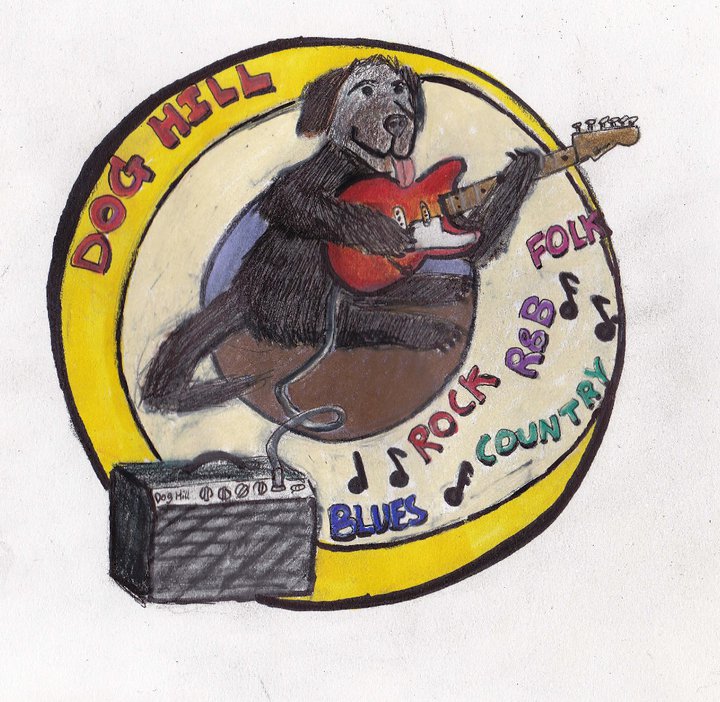

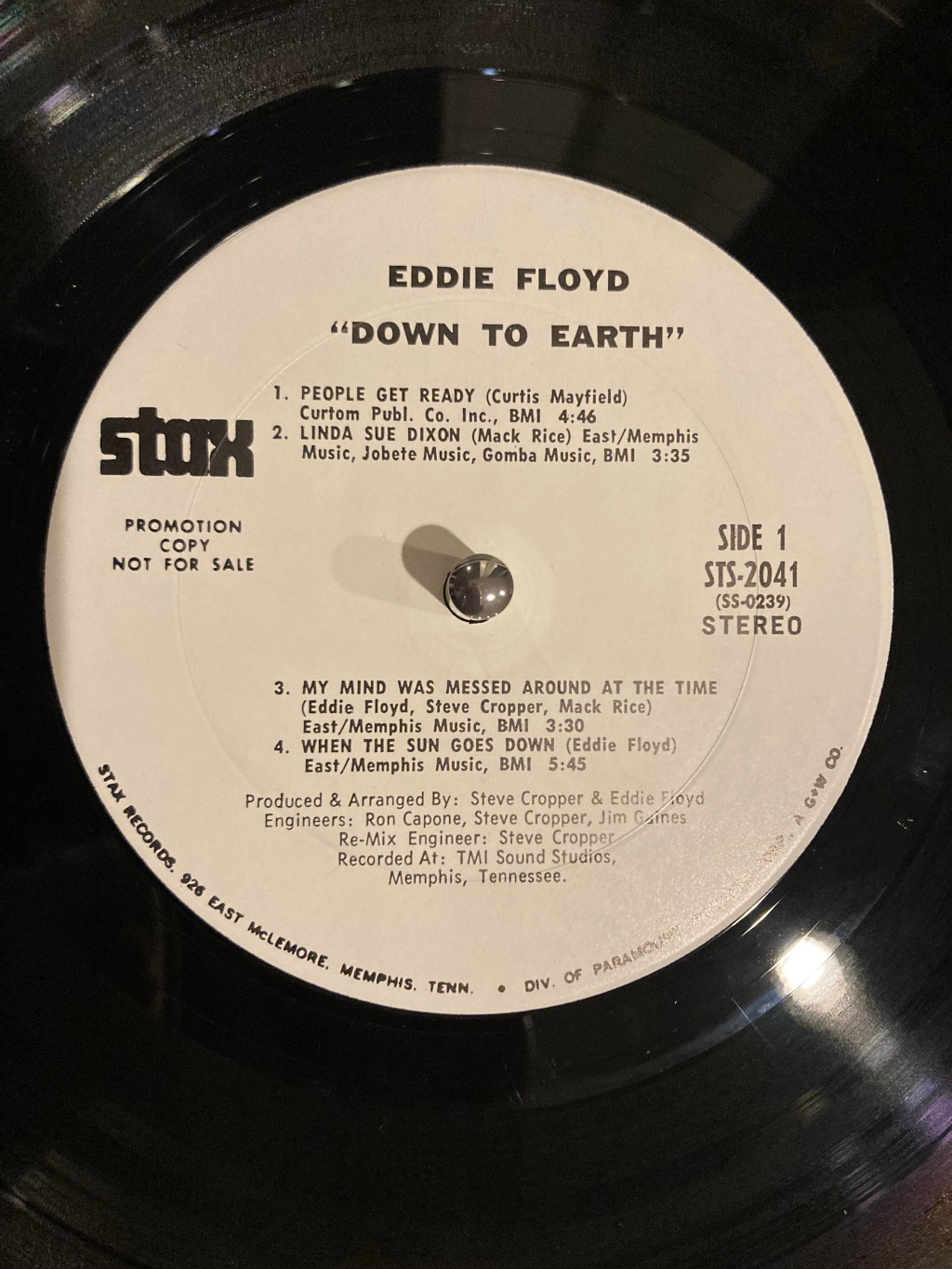

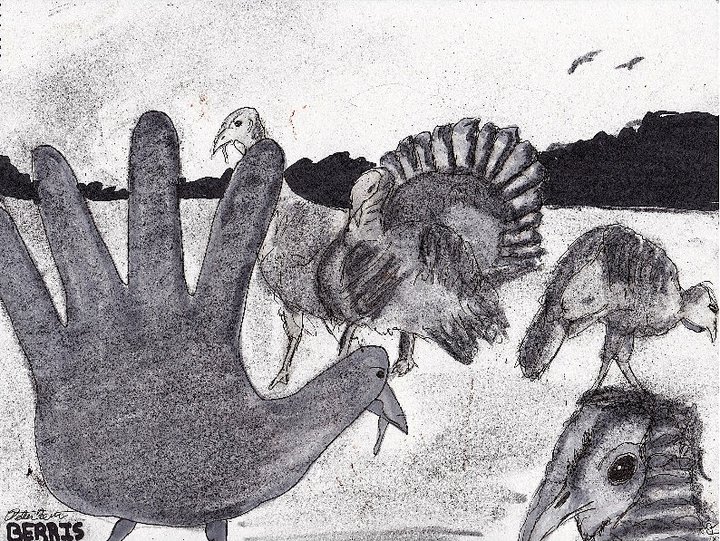
Leave a comment